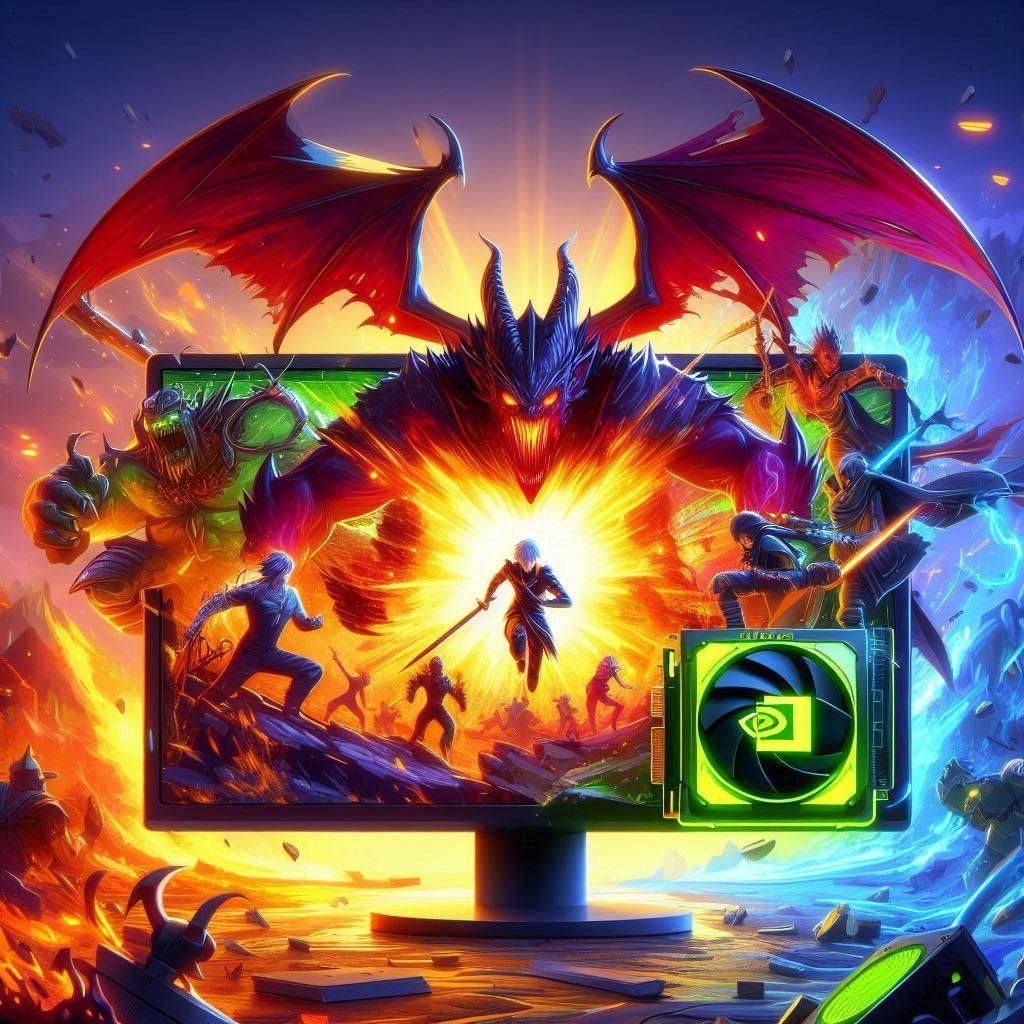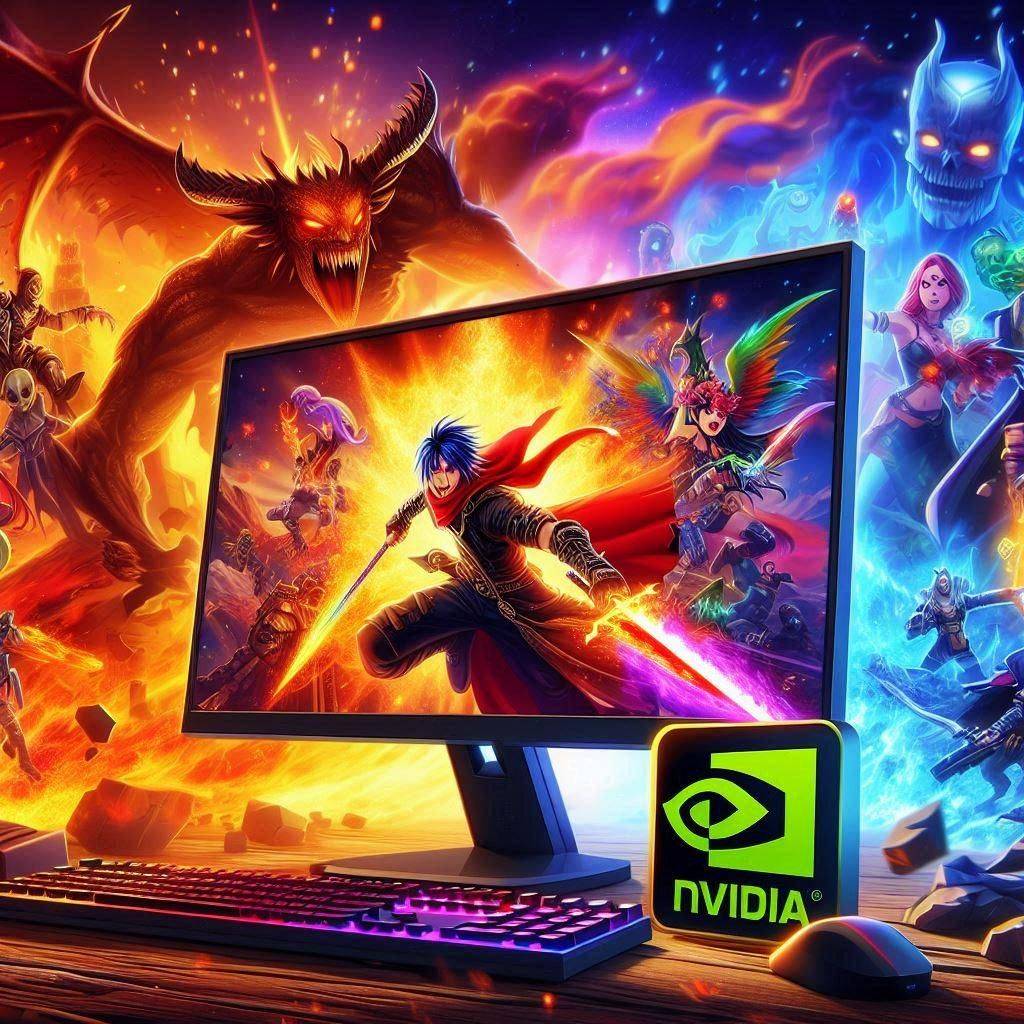FunPlus’s New Simulation Zombie Defense Game
About Balance Transfer Basics!
Seven Predictions on Global Mobile Games in 2021 (Ⅱ)
Minecraft Map Understanding Guide
What You Need to Know About Secured Credit Card Deposits!
With monthly subscription of USD14.99 in Ubisoft, you can enjoy hundreds of 3A games!
The Graphics Processing Unit (GPU) has evolved into a powerful parallel processor for computers that deal with complex calculations.
These unique chips make it possible for us to play high-definition video games and create 3D images of high quality, as well as graphics for computer-aided design applications.
GPUs are used to generate high-speed images. In terms of function, a GPU can be seen as a central processing unit (CPU), graphic card (video accelerator) or specialized graph processor.
GPUs’ power is in their greater capability for complex mathematical operations than ordinary CPUs. We can achieve advanced functionalities in various areas such as artificial intelligence and gaming through GPU enablement.
Applications of GPUs in artificial intelligence
GPUs revolutionize AI by enhancing deep learning and neural networks.
Their parallel processing power accelerates model training, improving image and speech recognition and driving advancements in natural language processing (NLP). Here are some of the major applications of GPUs in AI.
Deep learning and neural networks
Deep learning, which is a subset of machine learning, heavily relies on neural networks that possess many layers.
The training of these networks requires huge datasets and computational power. GPUs have excelled in this area due to their capability to carry out parallel computations, making them ideal for the training of deep neural networks.
This has resulted in tremendous improvements in different AI applications like image and speech recognition alongside natural language processing, or NLP.
For example, NVIDIA’s CUDA platform has become the cornerstone for deep learning research. With it, developers can write code that makes use of the GPU's parallel processing capabilities, thereby speeding up the process.
This has brought about changes in areas such as robotics, healthcare, and autonomous vehicles.

Image and speech recognition
In recognition of images and speeches, GPUs have evolved as a major technology and made enormous contributions. Fast processing of massive data sets helps recognition systems to be more correct and effective.
Such advances in GPU technology have led to the development of sophisticated image recognition systems that can accurately identify objects, faces, and scenes.
Likewise, in speech recognition, GPUs have sped up model training, which has improved their accuracy at understanding and transcribing spoken language.
Deep learning frameworks like TensorFlow and PyTorch have been optimized to run on GPUs, thereby facilitating the work of developers and researchers who want to create or deploy sophisticated models.
The full benefit of GPU parallelism is harnessed by these frameworks, thereby reducing the time required for training complicated models from weeks to days or even hours.
Natural Language Processing (NLP)
There has been a great deal of progress in NLP, with numerous applications such as chatbots, virtual assistants, translation services, and sentiment analysis. The work done by GPUs is vital in this area as it accelerates training and inference for NLP models.
Models that underlie techniques like Transformers utilized by BERT and GPT can take advantage of GPU acceleration.
These models are able to handle large vocabularies and complex language structures more effectively due to their parallel processing power, making them more accurate and context-aware in terms of language understanding.

The applications of GPUs in gaming
In gaming, GPUs are essential when it comes to real-time graphics rendering, realistic physics simulations, and advanced AI behavior.
Real-time graphics rendering
The main purpose of GPUs has always been to produce high-quality graphics in real-time. It is this ability that is important when creating games that have full immersion capabilities.
Modern GPUs come with advanced rendering technologies, which support high-resolution textures and realistic lighting alongside detailed models that further increase the visual fidelity of games.
Graphics rendering has experienced a revolution where ray tracing technology mimics how light behaves within a virtual environment, adding realism as another dimension for video games.
Games like Cyberpunk 2077 and Minecraft RTX have demonstrated the capabilities of ray tracing by presenting visuals that were unimaginable before.
NVIDIA’s RTX series and AMD’s RX 6000 series GPUs are built for tough rendering tasks such as these, giving players visually stunning in-game worlds.
Physics simulation and AI in gaming
Apart from graphics, GPUs facilitate complex physics simulations as well as improvements in AI behavior in games. Realistic physics simulations such as fluid dynamics, cloth simulation, or collision detection require significant computational power.
By speeding up these computations, GPUs make them more lifelike and responsive. The result is a more immersive gaming experience with a dynamic world that reacts to player interaction.
AI in video games has transformed non-player characters (NPCs) into smarter, adaptable beings. This allows NPCs to display behaviors that emulate human decision-making processes, as the GPU can perform complex AI algorithms that they execute.
In this regard, games have become harder with the inclusion of more intelligent opponents, improving the overall gameplay experience.

Virtual Reality (VR) and Augmented Reality (AR)
Virtual reality and augmented reality have broadened extremely fast, with such areas as GPU technology. The technologies require high frame rates and low latency for a smooth, deeply immersive experience.
Graphics processing units are essential in producing the intricate visuals necessary for VR and AR for a seamless interaction between users and virtual realities.
NVIDIA’s VRWorks and AMD’s LiquidVR, among other technologies, optimize GPU performance to reach levels of realism that make virtual experiences more immersive.
The synergy between AI and gaming
The convergence of AI and gaming is one of the most exciting developments in technology today. GPUs serve as the bridge, enabling the integration of advanced AI techniques into gaming.
For instance, procedural content generation is a technique that uses algorithms to dynamically create game content like levels, landscapes, and textures.
This process is accelerated by GPUs, which enable making various and large video game worlds without manual procedures. Games become more diverse and can be played over and over again with no increase in cost or time.
AI integrated with GPU-powered graphics has also resulted in the creation of more lifelike game environments. The result is more realistic video game worlds that are visually striking, thereby increasing the quality of the online gaming experience as a whole.